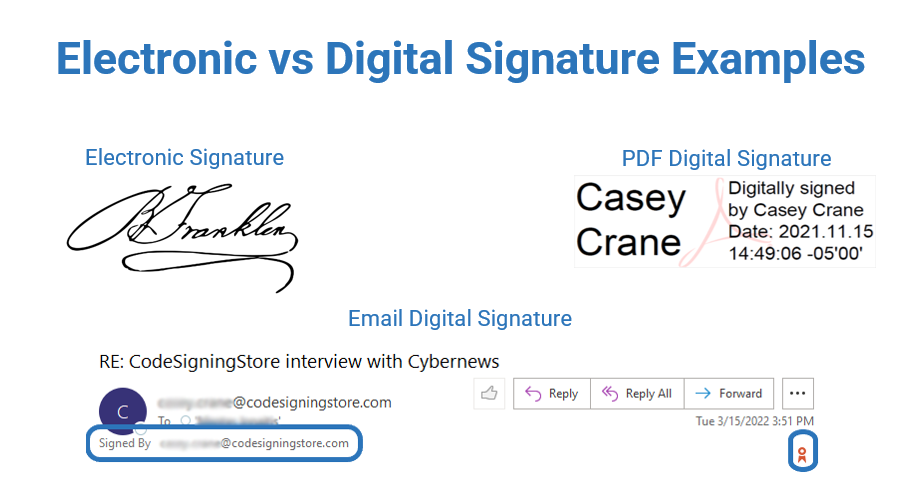Digital signatures play a pivotal role in modern cybersecurity and data integrity. They are often seen in various electronic transactions, ensuring that documents and messages remain tamper-proof and that the identities of signers are authenticated. However, the intricacies behind how these signatures are verified are less understood. This article delves into the mechanisms of digital signature verification, addressing common observations and unearthing the deeper implications of this fascinating subject.
At its core, a digital signature is a cryptographic tool that employs two keys: a private key and a public key. The signer uses their private key to create a unique hash of the document, which is then encrypted. The resulting encrypted hash, paired with the original document, forms the digital signature. This mathematical operation produces a distinctive representation of the document that cannot be replicated without the corresponding private key.
When a recipient receives a signed document, they utilize the sender’s public key to verify the signature. This verification process involves several steps that ensure the document’s authenticity and integrity. Firstly, the recipient decrypts the digital signature using the public key provided by the signer. This action allows them to recover the hashed value of the original document.
Subsequently, the recipient computes the hash of the received document independently. By employing the same hashing algorithm used by the signer, they can generate a hash that represents the document they received. If this computed hash matches the decrypted hash from the signature, it validates that the document has not been altered since it was signed. Consequently, the recipient can confidently ascertain the document’s integrity.
The verification process might seem straightforward, but it encapsulates a complex interplay of cryptographic protocols that hinge on robust mathematical principles. The underlying hashing algorithms, such as SHA-256, ensure that even the slightest change in the document results in a drastically different hash. This characteristic is profound, for it provides a fail-safe mechanism against alterations. Malicious actors would find it practically insurmountable to manipulate a document undetected due to the sensitivity of these cryptographic functions.
Beyond the technicalities, the broader implications of digital signature verification are worthy of exploration. A common observation is that most users exhibit a sense of trust in digital signatures, attributing an almost mythical quality to them. This trust could stem from the perceived complexity and security architecture surrounding cryptography. However, the reality is that, like any technology, digital signatures have vulnerabilities that require ongoing scrutiny.
One significant concern revolves around key management. The security of a digital signature is inherently dependent on the secrecy of the private key. If an adversary gains access to this key, they can forge signatures, rendering the entire system impotent. Thus, ensuring the secure storage and management of private keys (such as using hardware security modules) is crucial in maintaining the efficacy of digital signatures.
Another layer of complexity arises with the trust establishment in the public keys themselves. Public Key Infrastructure (PKI) provides a framework that validates the ownership of public keys through digital certificates issued by trusted entities known as Certificate Authorities (CAs). This relationship reflects a hierarchical trust model that can be a vulnerability point. If a CA is compromised, it could lead to widespread issues affecting numerous users who rely on that CA for trusted public keys.
Moreover, legal frameworks surrounding digital signatures vary significantly across jurisdictions, which can enhance the fascination with this technology. While many countries have embraced digital signatures legally, some still grapple with their acceptance, stalling the adoption in certain sectors or regions. This disparity continues to fuel discussions about the balance between innovation and regulatory oversight, as policymakers strive to create an environment conducive to secure digital transactions without stifling technological advancements.
The evolution of digital signatures also raises questions regarding the future trajectory of secure communication. As quantum computing progresses, the encryption algorithms currently in use may face obsolescence. Research is ongoing to develop quantum-resistant algorithms that could withstand the computational power of quantum systems. This concern illustrates the ongoing arms race between cryptography and cyber threats, perpetuating a cycle of innovation and counter-innovation.
Overall, the verification of digital signatures is a multifaceted arena that extends beyond the technical verification process. It encompasses key management, public trust, regulatory implications, and future challenges posed by technological advancements. This complex tapestry underlines why the mere act of signing with digital signatures is not just about affixing a seal; it embodies a larger discourse interwoven with trust, security, and the impassioned quest for integrity in a digital world.
In closing, the intricate mechanisms of digital signature verification reveal a microcosm of modern technological relationships. They signify not just a cryptographic tool, but a necessary means for fostering trust in digital interactions. As society advances further into the digital age, the importance of understanding how these components interrelate will only intensify, reflecting the ever-evolving landscape of cybersecurity and the critical nature of safeguarding our digital identities.








Leave a Comment